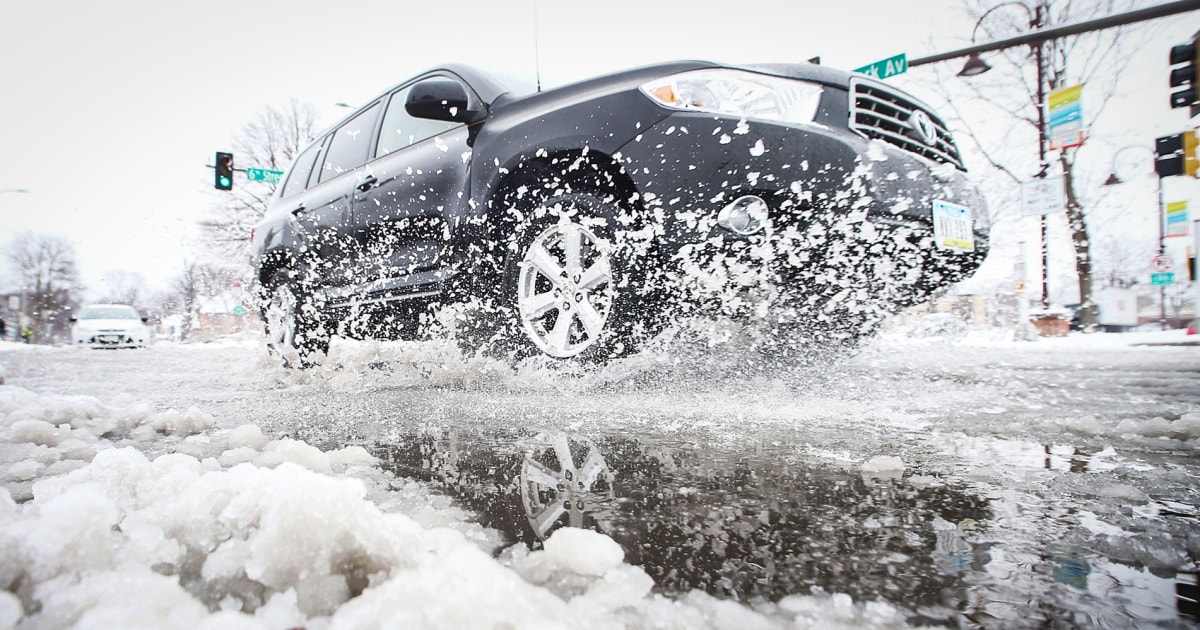Wildfire devastation in the US 0:56
(CNN) -
While the nation's largest wildfire continues to rage in California, most fires in the United States are occurring in Montana, where hundreds of people have been forced to evacuate due to a particularly dangerous fire, according to The authorities.
The Richard Spring Fire on the Northern Cheyenne Indian Reservation in southeastern Montana "has threatened multiple communities and infrastructure within the area," according to InciWeb, the US clearinghouse for fire information.
"Fire behavior is extreme in wind-driven series and burns mainly brush, short grass and wood," InciWeb said.
"The current climatic conditions of strong winds and low relative humidity combined with high temperatures are expected to continue and maintain or increase fire behavior."
What causes wildfires, why are they becoming more extreme, and what could be done to prevent them?
Wildfires continue to affect Northern California 0:55
North Cheyenne Disaster and Emergency Services and the Rosebud County Sheriff's Office said on Facebook that residents must evacuate due to the fire, which had charred about 60,400 acres as of Wednesday.
The fire was 15% contained.
There are 25 wildfires in Montana, the most in the nation, according to the National Interagency Fire Center.
advertising
Fire crews are already preparing for increased activity in the west due to unbearable heat and extreme drought conditions.
There are 105 active wildfires in 14 states, which have burned nearly a million acres.
The Pacific Northwest is again under heat warnings, as temperatures rise as much as 3.8 degrees Celsius above normal.
91 wildfires are now burning across the United States: They have wiped out nearly 730,000 acres since they started
An aircraft launches fire retardant to slow the spread of the Richard Spring fire, east of Lame Deer, Montana, on Wednesday, Aug. 11, 2021. The blaze spread rapidly Wednesday as high winds pushed the flames through a wooded and rugged terrain. (AP Photo / Matthew Brown)
The Dixie fire, the largest active fire burns more land
As the heat intensifies, the Dixie Fire - in Northern California - has burned more than 20,234 hectares as of Wednesday.
The fire, which burns in four counties, has been growing steadily for the past month and was 30% contained Wednesday, according to the California Department of Forestry and Fire Protection, known as Cal Fire.
"Firefighters continue to aggressively clean up hot spots within the perimeter of the fire to prevent any possibility of embers or debris crossing the line of fire," Cal Fire said in its update.
"Tactical patrols continue to mitigate hazards to ensure the area is safe when residents return home."
The fire, the second largest in California in state history, destroyed 1,045 structures, including more than 550 homes and 140 commercial buildings.
Another 69 structures have been damaged and more than 15,000 structures remain at risk.
California's wildfire season has been exacerbated by severe drought and the climate change crisis.
So far, wildfires have devastated more than 371,096 hectares, representing a dramatic 233% increase over the same period last year, making it the worst year for wildfires on record in the state, according to Cal Fire.
Fires in California: from inside and from space, this is how thousands of hectares of forest burn
A firefighter stands by the edge of a wildfire burning on the North Cheyenne Indian Reservation on Aug. 11, 2021. (AP Photo / Matthew Brown)
Water levels decline amid forest fires and droughts
The severe drought in the west has not only ignited dozens of wildfires, but has also dried up water supplies.
In Utah, 32 of the 42 largest reservoirs in the state are below 55% of available capacity.
The state's overall storage capacity was stable at 53%, according to a drought report from the state Department of Natural Resources (DNR).
Dry conditions have only gotten worse since the beginning of the year, with more than 99% of the state under the "extreme" drought designation, according to the US Drought Monitor, which comes through a partnership between the University of Nebraska- Lincoln, the United States Department of Agriculture, and the National Oceanic and Atmospheric Administration Office.
More than 2.7 million people in the state are experiencing some type of drought, according to the monitor.
The DNR said that about 95% of Utah's water comes from snow cover.
At this time last year, just over 10% were in "extreme" drought, with nowhere in the "exceptional" drought category, the DNR said in the report.
"The benefits we saw from recent rainstorms are fading with soils a 'drying out again," Brian Steed, executive director of the Utah Department of Natural Resources, said in the report. of water statewide, helping to keep more water in our reservoirs for later use. "
Water levels have also dropped in California, where the Edward Hyatt Power Plant on Lake Oroville, the second-largest reservoir in the state, was forced to close last week, for the first time since it opened in 1967.
Lake Oroville had collapsed to 24% of full capacity.
That's 10 percentage points below the reservoir's historical average for Aug. 5, according to data from the California Department of Water Resources.
Additionally, Lake Powell, the second largest reservoir in the US, is at its lowest level on record since it was first filled more than 50 years ago.
At the end of last month, the lake fell to 33%, according to the US Reclamation Office, below the all-time low set in 2005.
- CNN's Joe Sutton contributed to this report.
Forest fires




/cloudfront-eu-central-1.images.arcpublishing.com/prisa/A3CIAJJPYZJHVDEJJ5NWRRSTFM.jpg)



